Limited parking on campus causes unrest
Cars line the fences in the lower parking lot due to a lack of spaces.
Conflicts over parking spaces escalated after the construction of Cam High’s new aquatics center, which now takes up a large section of the upper parking lot. This has lead to a decrease in parking spaces, with a simultaneous increase in the number of new student drivers, leading many to struggle in the daily quest for a parking spot.
According to campus resource officer Deputy Sean Eskridge, Cam High usually endures the bulk of its parking problems at the end of the school year. “At the beginning of the year, we usually never have any parking issues, but by the time we get to March and April, people become older, and people get cars,” said Eskridge. “[As a result,] we have an influx of more vehicles. We just don’t have that many parking spaces on campus.”
A Stinger investigation determined that there are 228 parking spots in the lower parking lot and 130 parking spots in the upper parking lot, not including the blue disability parking spaces. This year’s entire student population is 2641, consisting of ten eighth graders, 646 freshmen, 659 sophomores, 692 juniors, 629 seniors, and five super seniors.
Cars normally fill the parking lots after first period every day. “I arrive at the end of first period around 8:50 a.m. because I start school second period, and by that time, lower parking lot is completely full,” said senior Makayla Byerly. “People are parking ‘illegally’ against the fences in the lower parking lot where there are signs saying no parking and tow away zones. I end up having to park across the street in the neighborhood.”
“[Finding a parking space can be] very difficult if you don’t have a first period. If you come in second period, getting a parking spot can be impossible,” said Eskridge. “But then after lunch, it’s all open. People leave after lunch, people leave after fourth period, so it’s usually just first, second, and third period where we’re struggling about parking.”
According to Eskridge, there are signs in the neighborhoods across from Cam High that prevent students from parking there during the day. The signs are placed at an interval of about two houses on both sides of the street.
Some students have received parking tickets for parking in the neighborhood and would like the school to aid in finding a solution. “When I was involved in the five car collision in front of the school, I asked [Dr. Kim Stephenson, Cam High principal] who was down there, where I should park since there would be no parking spaces. She told me to try and find a spot in the neighborhood,” said senior Bella Sandoval. “I felt this was ridiculous because our students shouldn’t be expected to find parking off campus; the school should accommodate its students.”
Students were concerned about potential dangers that resulted from being forced to park off campus. “Parking across the street and in the neighborhood causes many issues. One is the problem of parking tickets. Another one is the fact that next to Rancho Calleguas [a street adjacent to the neighborhood] is parking for the apartments and housing track. Students are beginning to park in front of people’s houses and taking spaces where individuals who live in that apartment complex would usually park without a problem. Students are also loitering in the neighborhood, which was also an issue in the past,” said Byerly.
“Another concern is crossing Mission Oaks Boulevard during morning rush hours. Because I arrive for second period, the 25 mph school zone speed does not apply, and people drive the normal 45 mph across Mission Oaks Boulevard, which has no painted crosswalks for drivers to see. That is a large street to cross from the neighborhood. People speed through that area, and there’s no one to watch students crossing that four lane road,” said Byerly.
A petition that asked whether students believe there are adequate parking spaces on campus is currently making its way across campus. “So far I would say the response is positive. Most people who see the ‘petition’ agree that indeed, there is not enough student parking and that it is causing branching issues,” said Byerly, who began the petition.
An immediate solution at the moment is to find a place where students can temporarily and legally park. “At this point, we’re kind of in a tough area. Technically, I think you could park on Rancho Calleguas, the street that comes out of the lower parking lot and goes straight. There is parking there, you can park there in certain areas, they do have signs in certain areas where you can’t park,” Eskridge said.
“If you really wanted to and really needed parking, you could park across the street at Jack in the Box, in that area, and then walk into school. I’m not saying that would be a popular thing to do, but it is an option if you drive to school and needed a place to park,” said Eskridge.
Students and the administration have both proposed potential solutions to the lack of parking lot. Eskridge suggested selling or passing out parking permits to ensure that only students will be parking in the students’ parking lot and to establish regulations and security when crimes occur. Stephenson mentioned an idea to make the upper parking lot a carpool parking lot.
Both Byerly and Stephenson have considered the possibility of using a part of the land from the agricultural department to form parking lot spaces.
“I think that the lot down by the field house should be opened again for student parking. There are about 30 spaces down there that students can use,” Bylerly said.
The Cam High administration expressed this idea to the district, but renovations for the agricultural department land cannot be done this school year. “I made a request to the district. There’s no budget this year. It’s in the wish list for the district to grant,” Stephenson said. “The asphalt is more expensive than we thought. The district has priorities.”
According to Stephenson, the administration weighs student opinions highly in making decisions. “We want to survey students about their opinions. The most important part is how do students feel,” said Stephenson.
Gaberiel Delacruz contributed to this story.
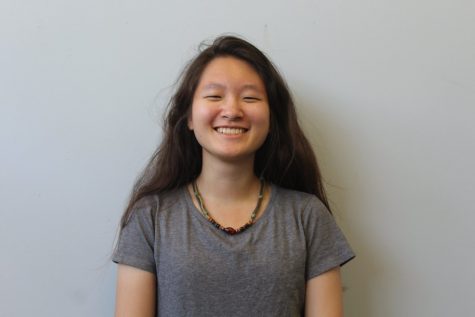
Hello everybody, I am Chun-Tzu Huang, a senior, and it is my second year on the Stinger staff. I am a lover of creative writing and a bit of a writing...
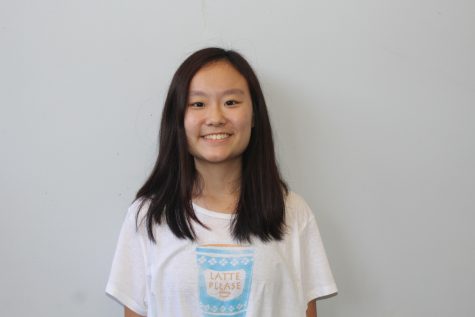
Hello! My name is Kristi Chu, and I am a senior at Cam High. This is my second year on the Stinger staff, and I'm so happy to be the news editor this year!...

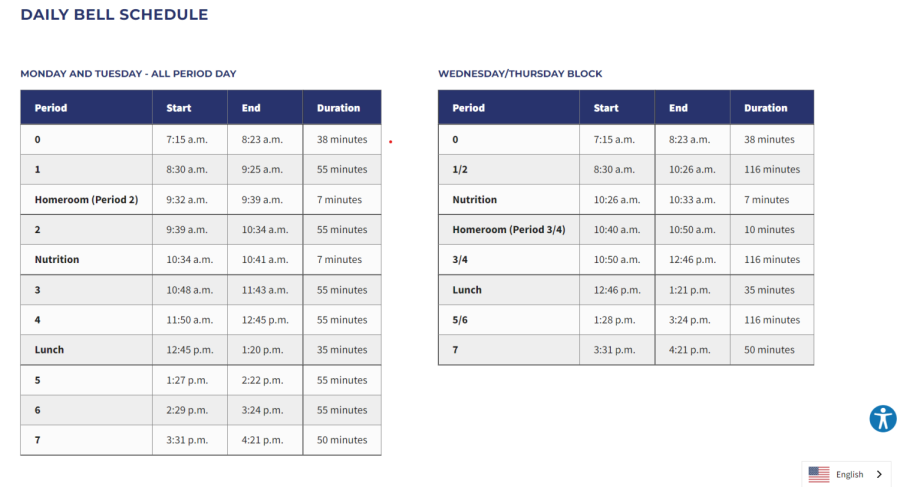




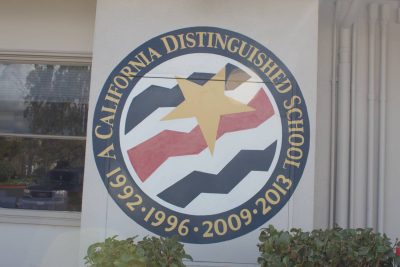

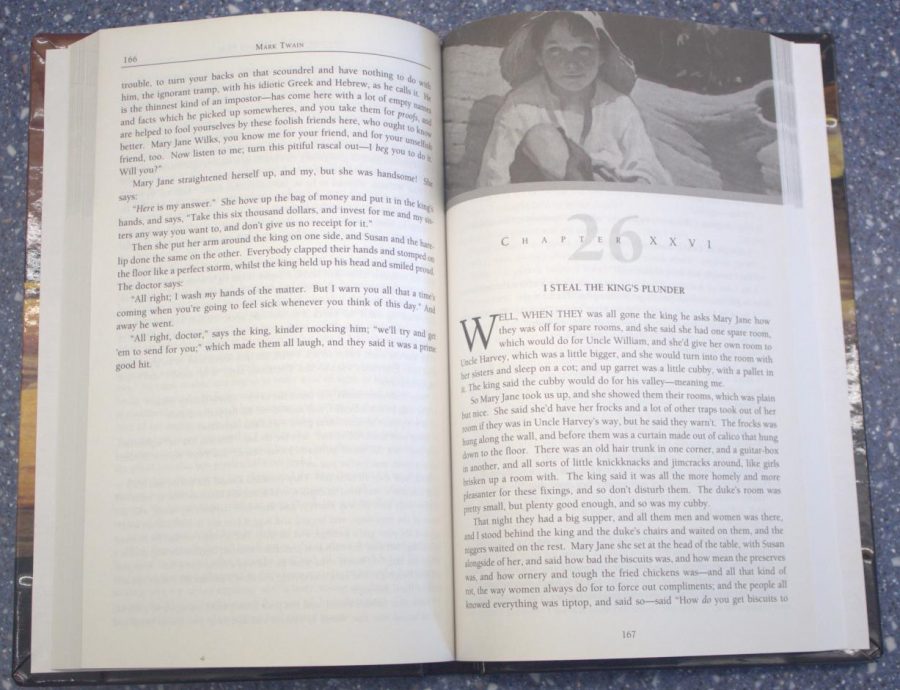


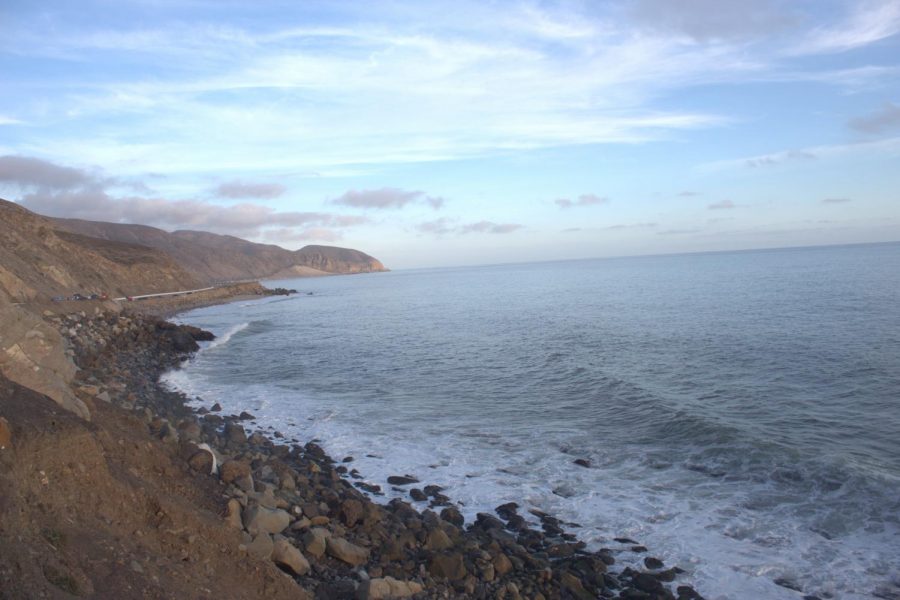




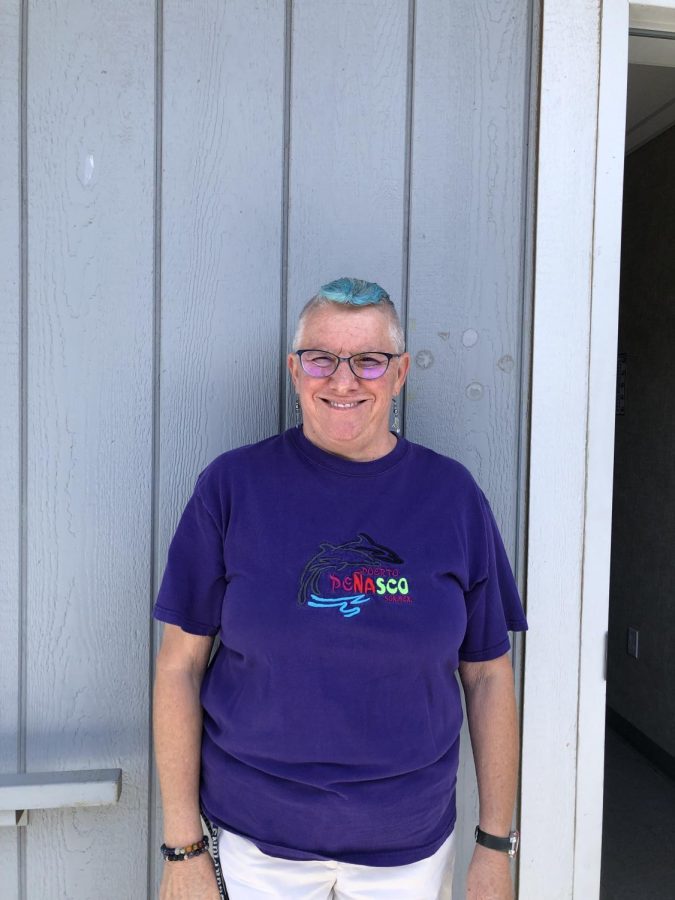


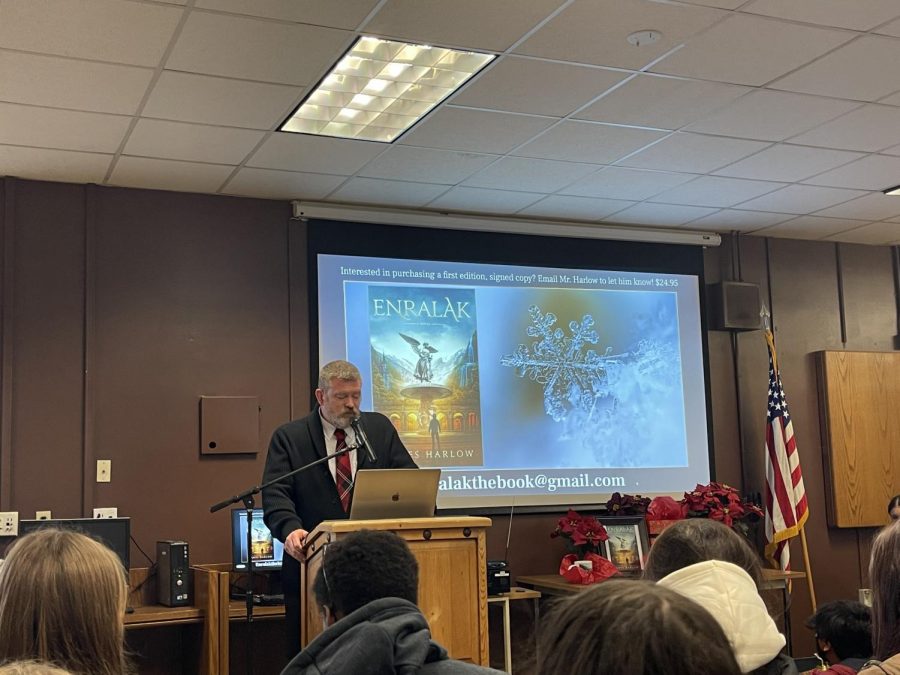
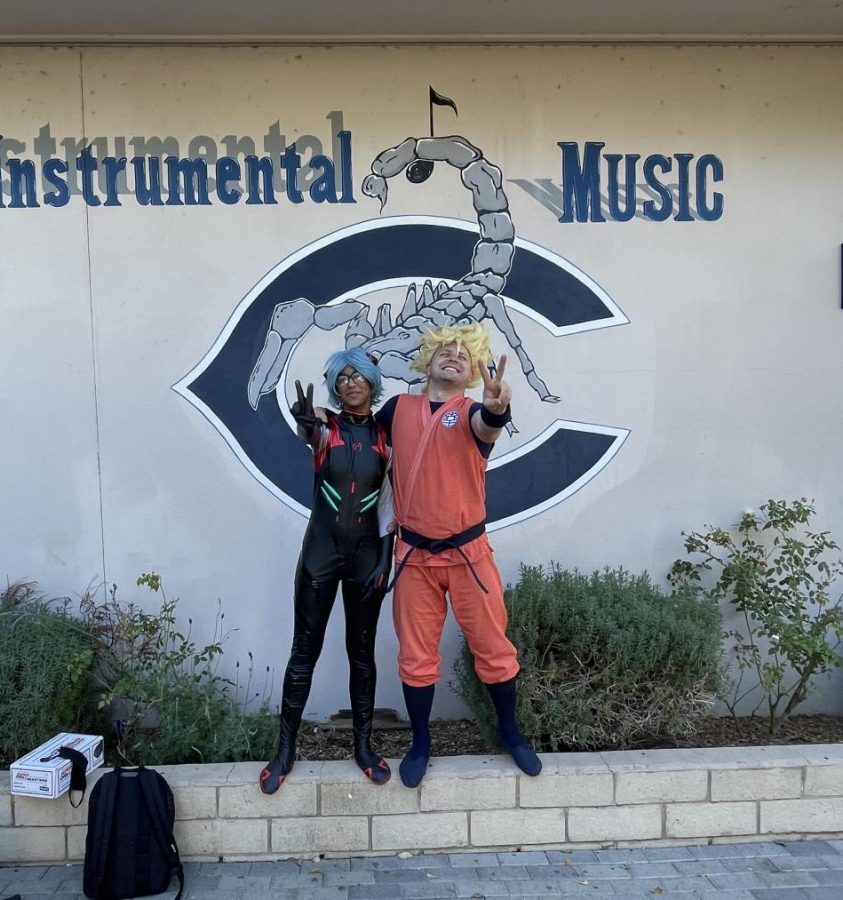
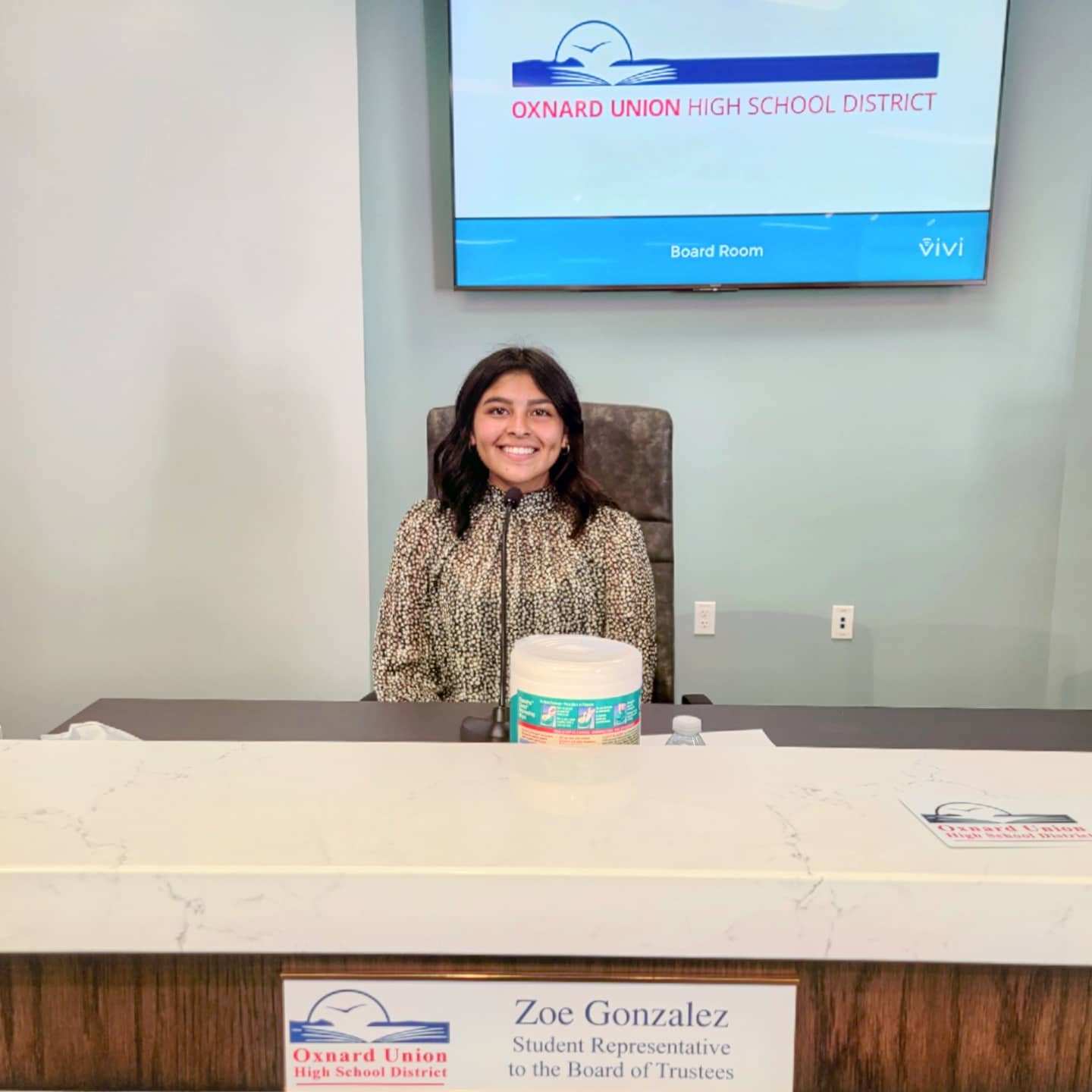


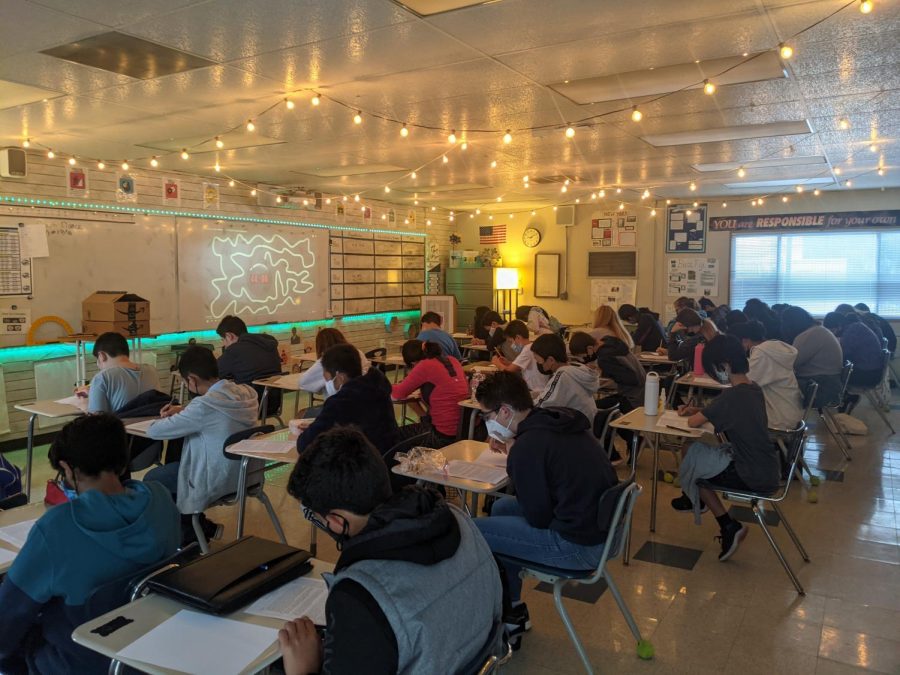


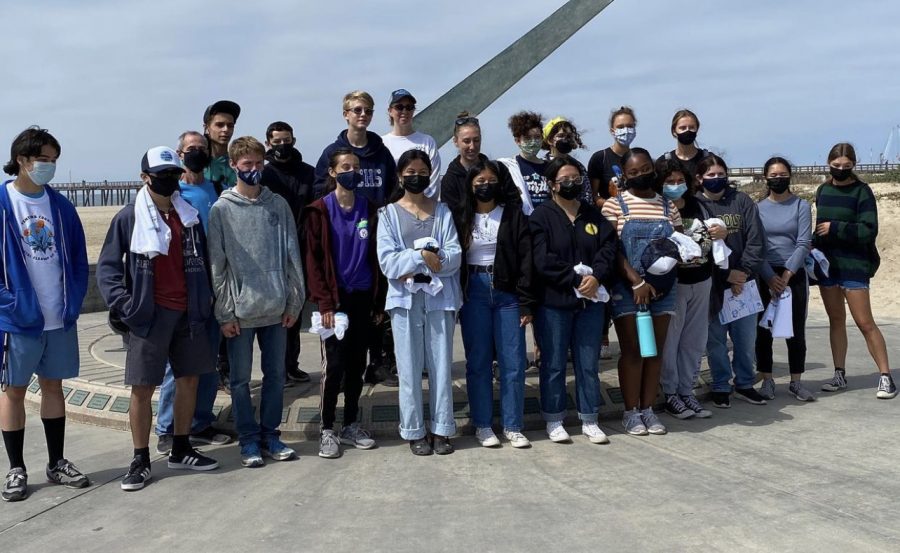
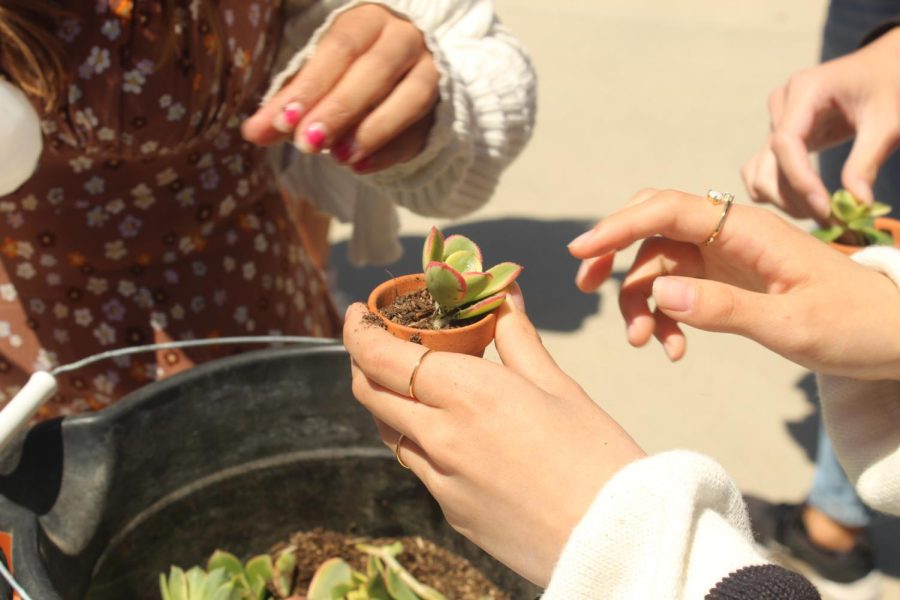
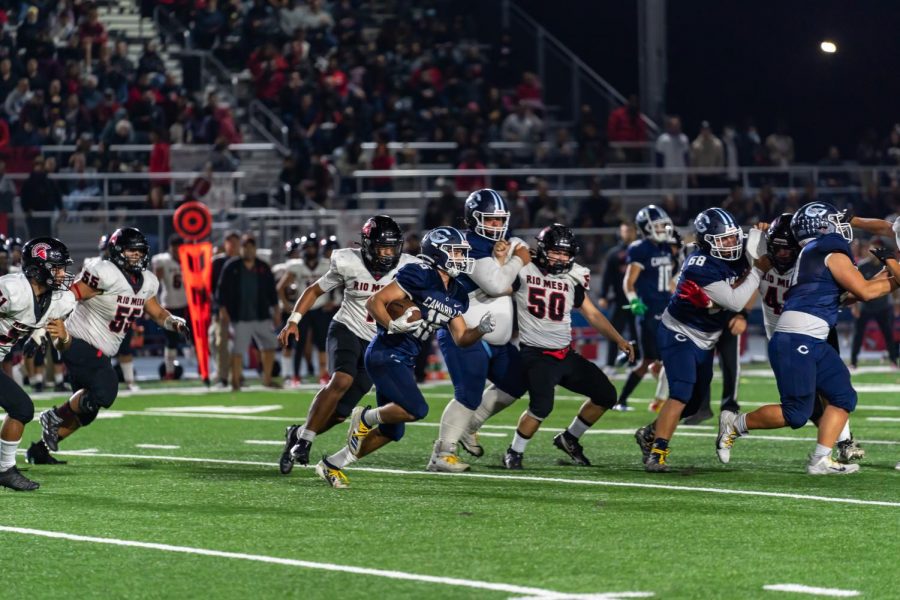






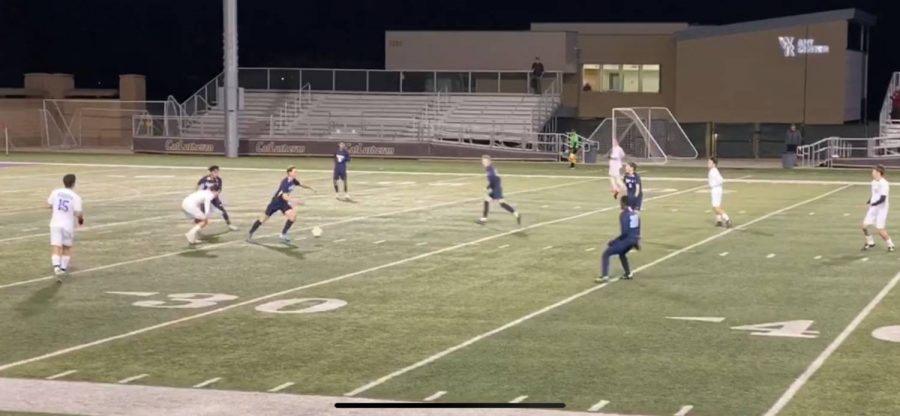





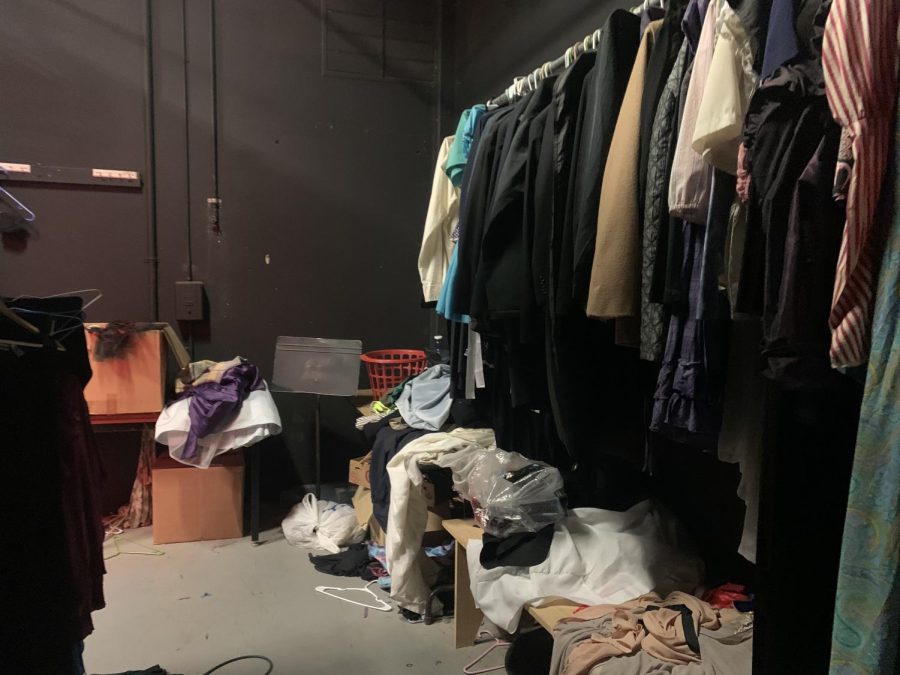



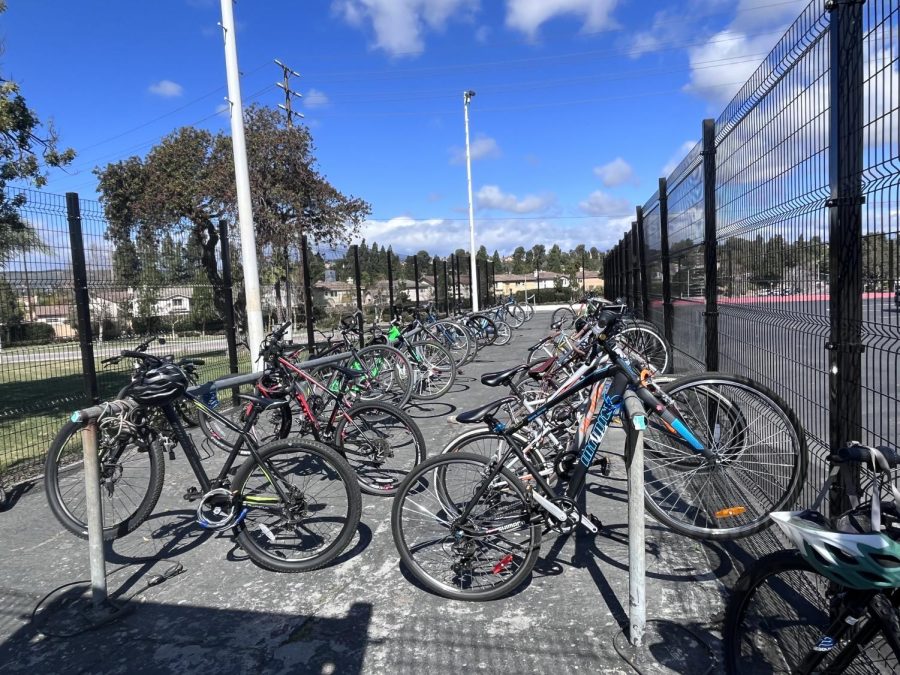
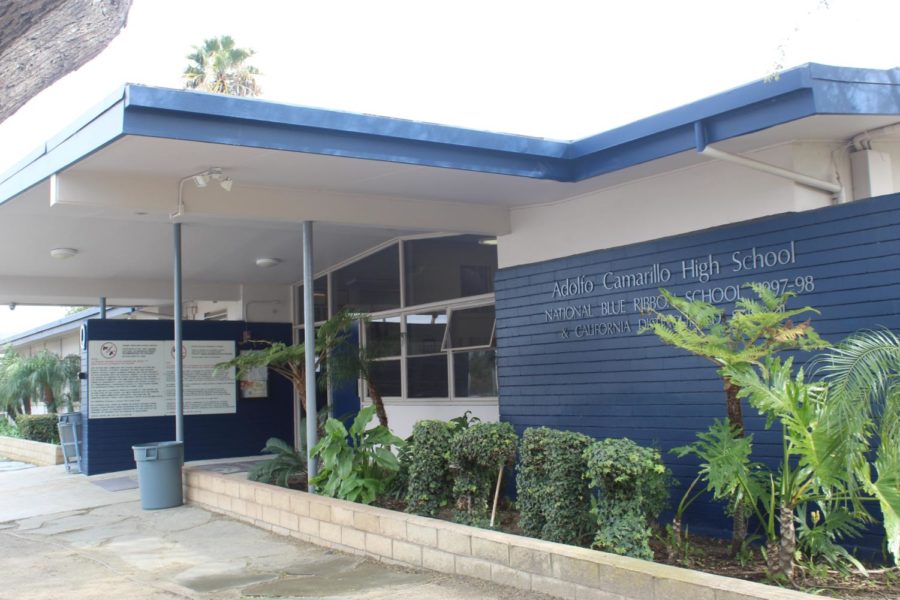

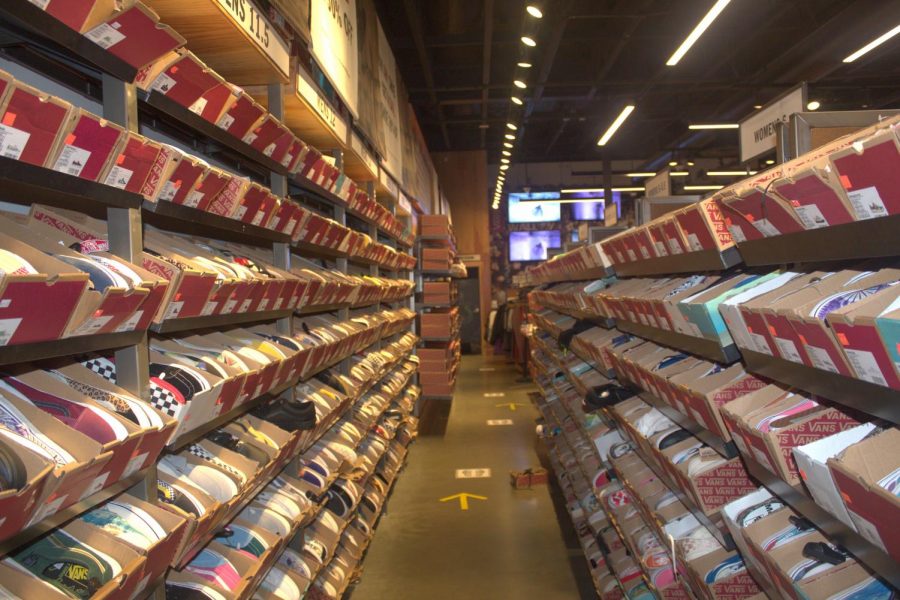
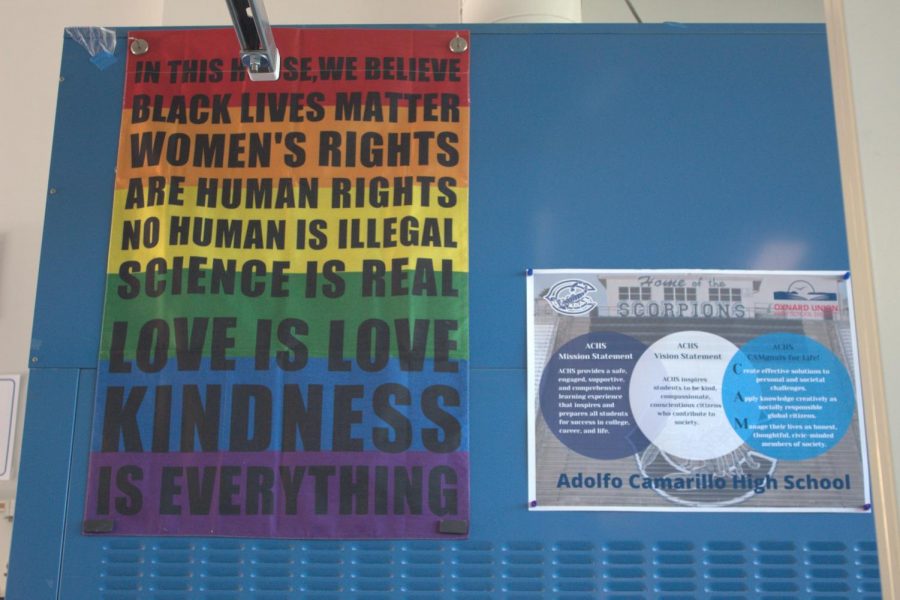


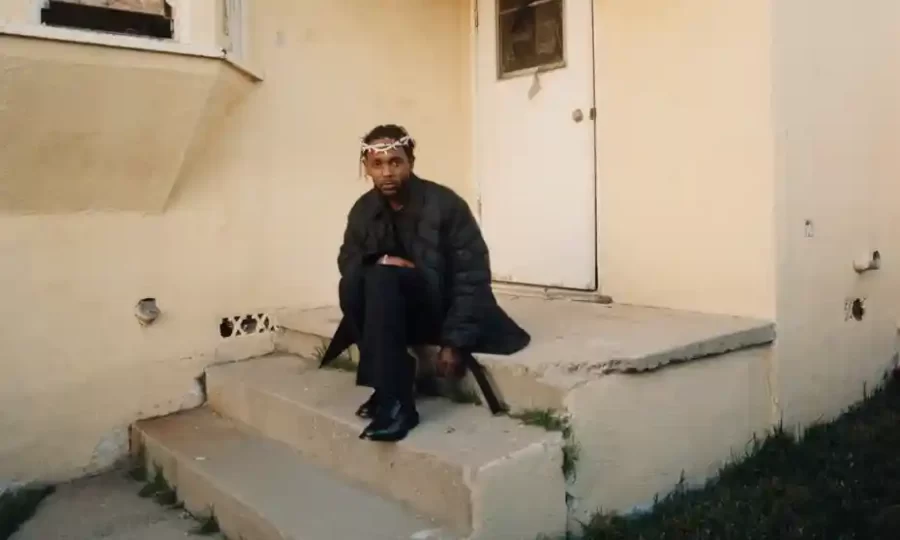





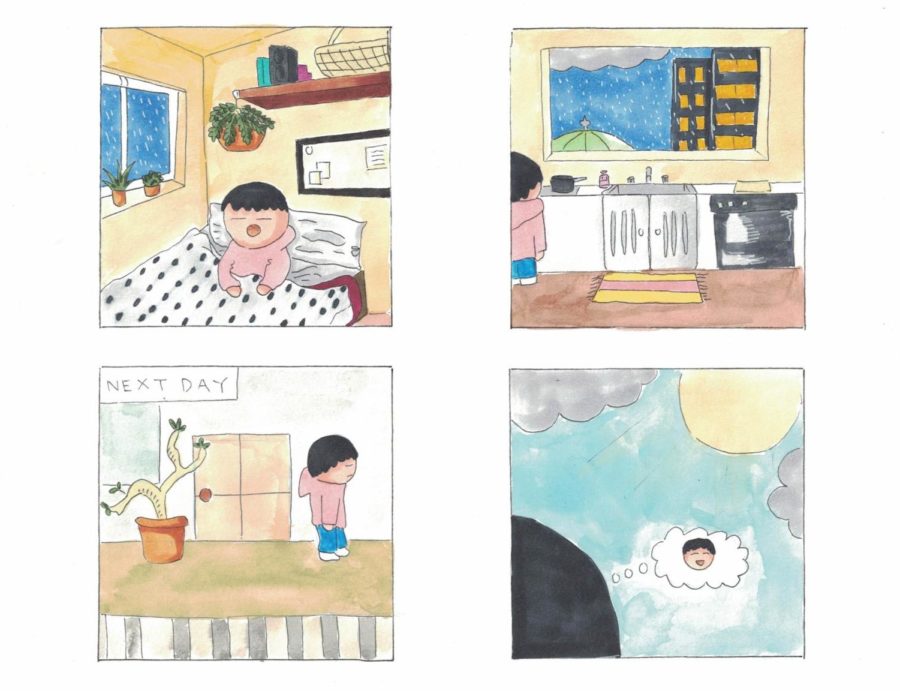
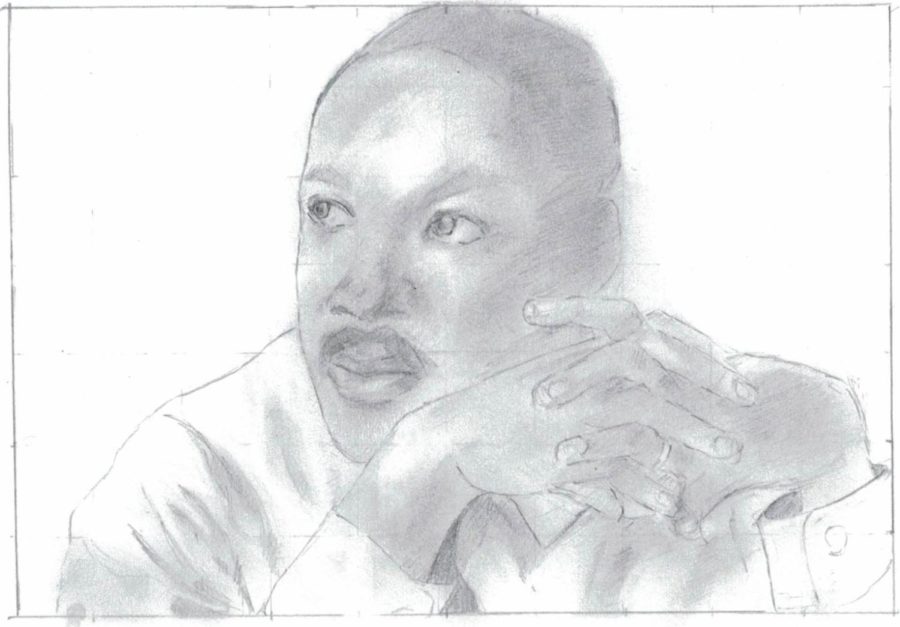
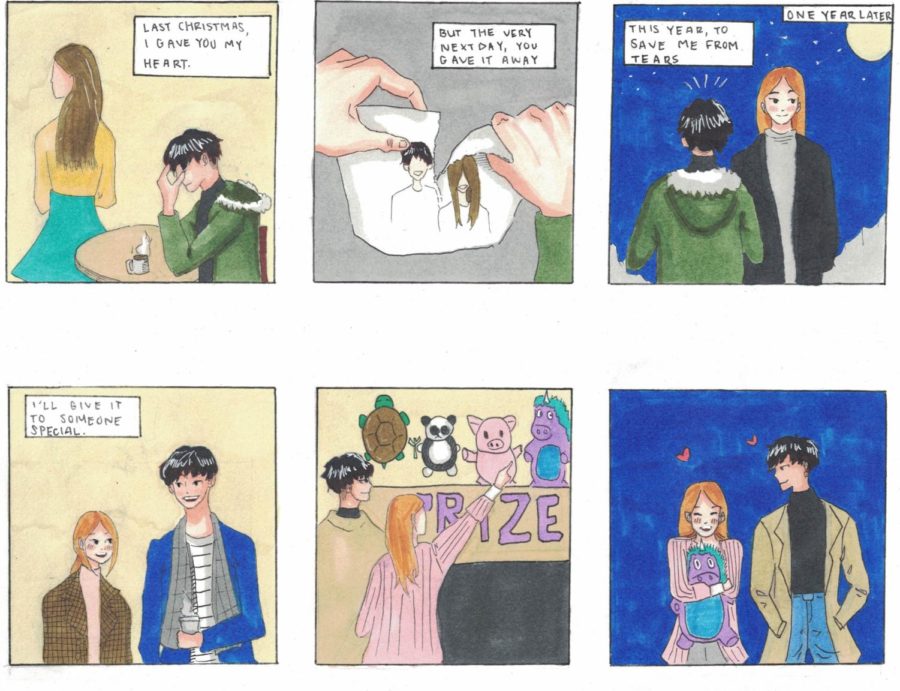
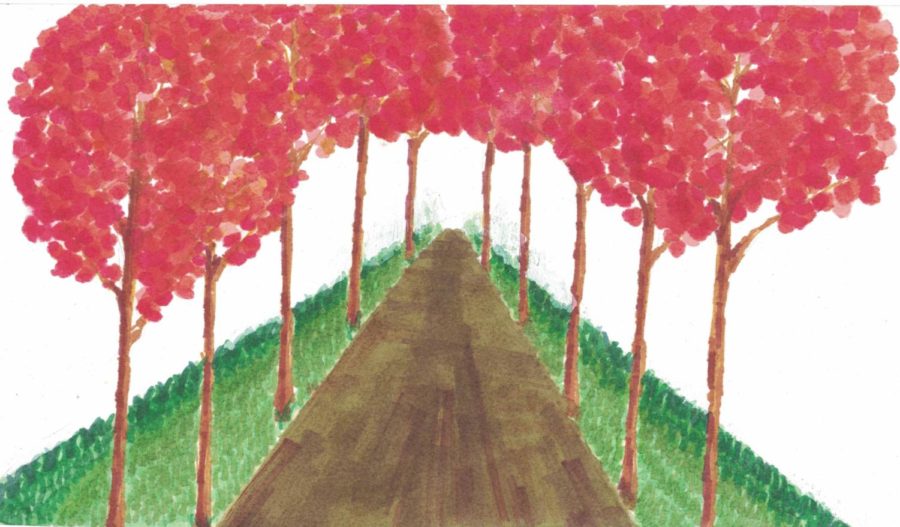
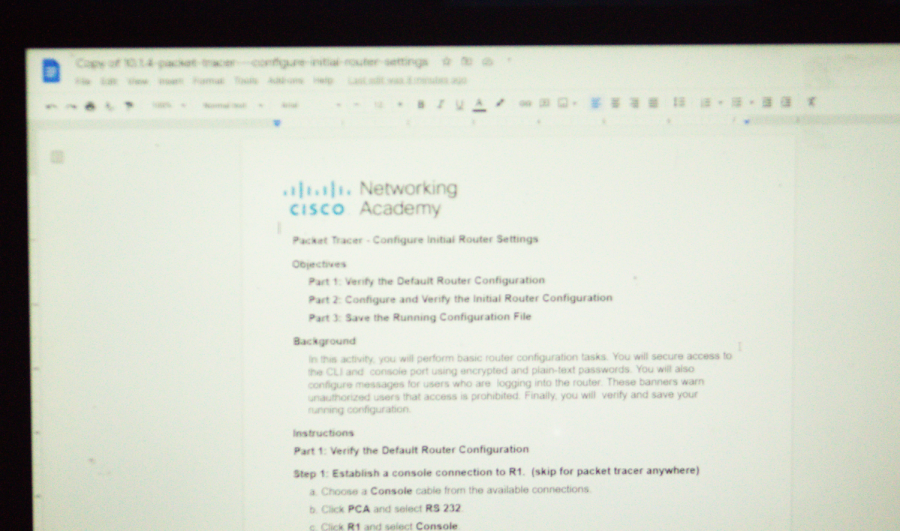



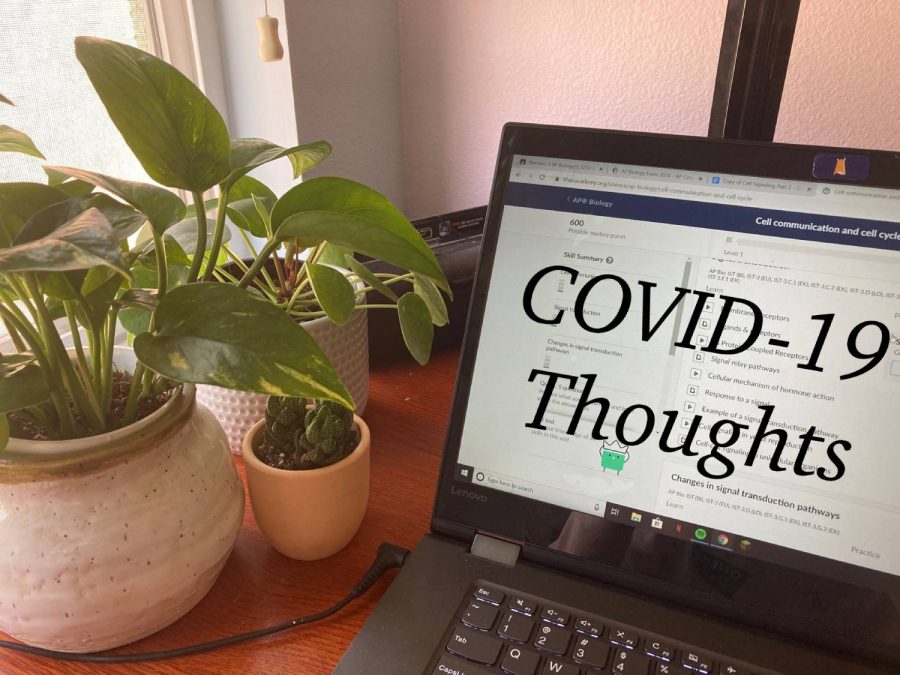
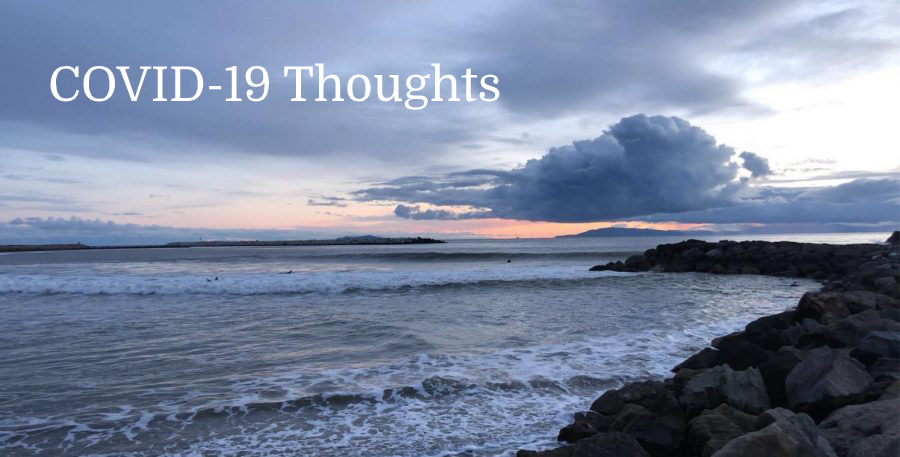
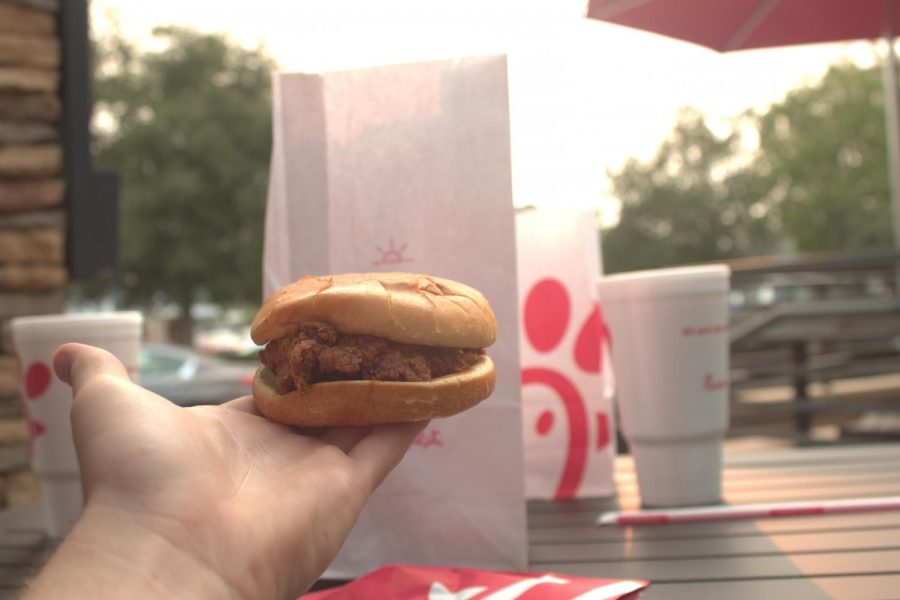











![Senior Ditch Day... Relaxation or Truancy? [Video]](https://achsstinger.com/wp-content/uploads/2017/10/IMG_7119-900x599.jpg)
![Heavy Rain Hits Cam High [video]](https://achsstinger.com/wp-content/uploads/2017/02/maxresdefault-900x506.jpg)
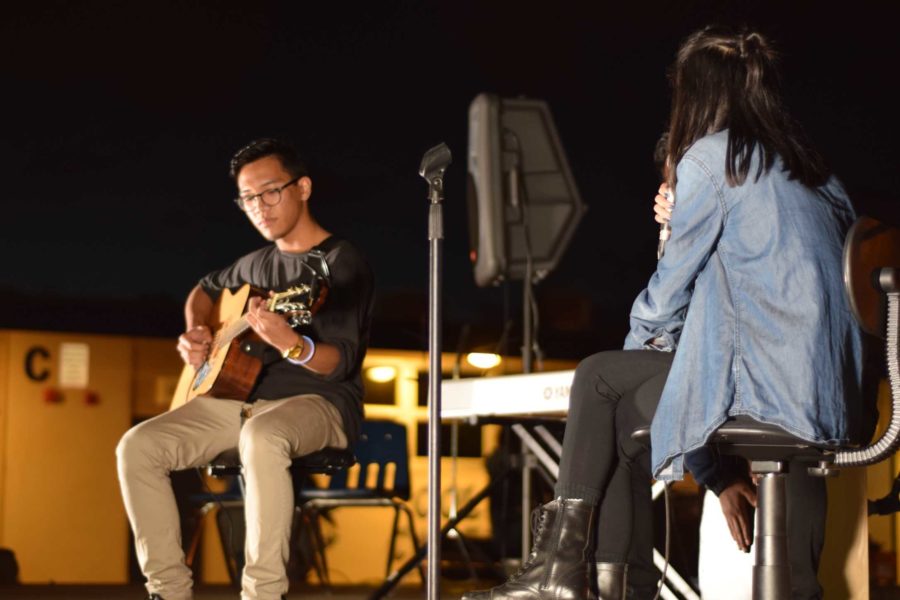


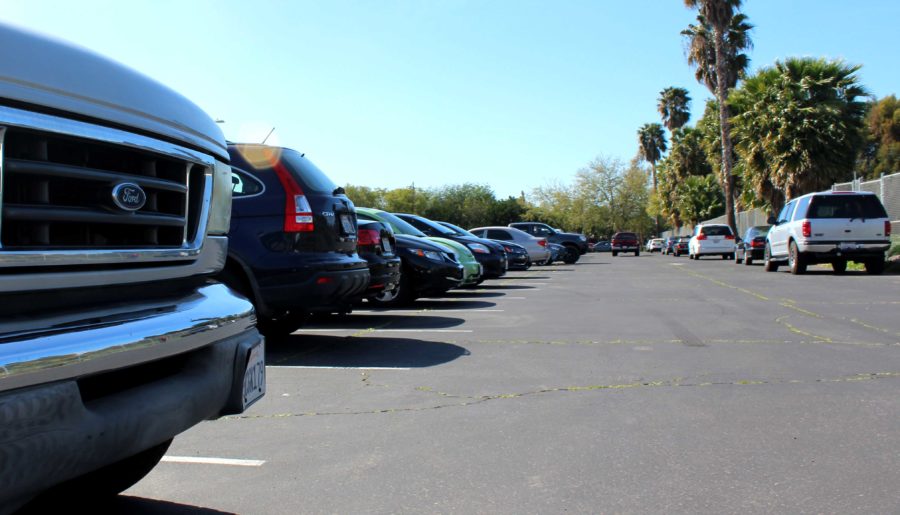
Emily • May 5, 2016 at 4:39 pm
In this article, Officer Eskridge suggested that students park on Rancho Calleguas, however I parked there just the other day and received a ticket. I think that is completely unfair given that the school does not provide enough parking for its students. Obviously there is miscommunication in the police department if one officer says parking somewhere is legal but cars parked there get tickets. Is the school aware that students are receiving tickets after parking where they tell them to park? Are they willing to pay for these tickets, or maybe communicate with the police department to refrain from ticketing student cars parked there? To me, giving me a ticket for parking somewhere that I may or may not be allowed to park (I say this because I don’t think the school has communicated this to the students) prompts me to ditch school rather than risk a ticket. That seems kind of against what the school would want, doesn’t it?